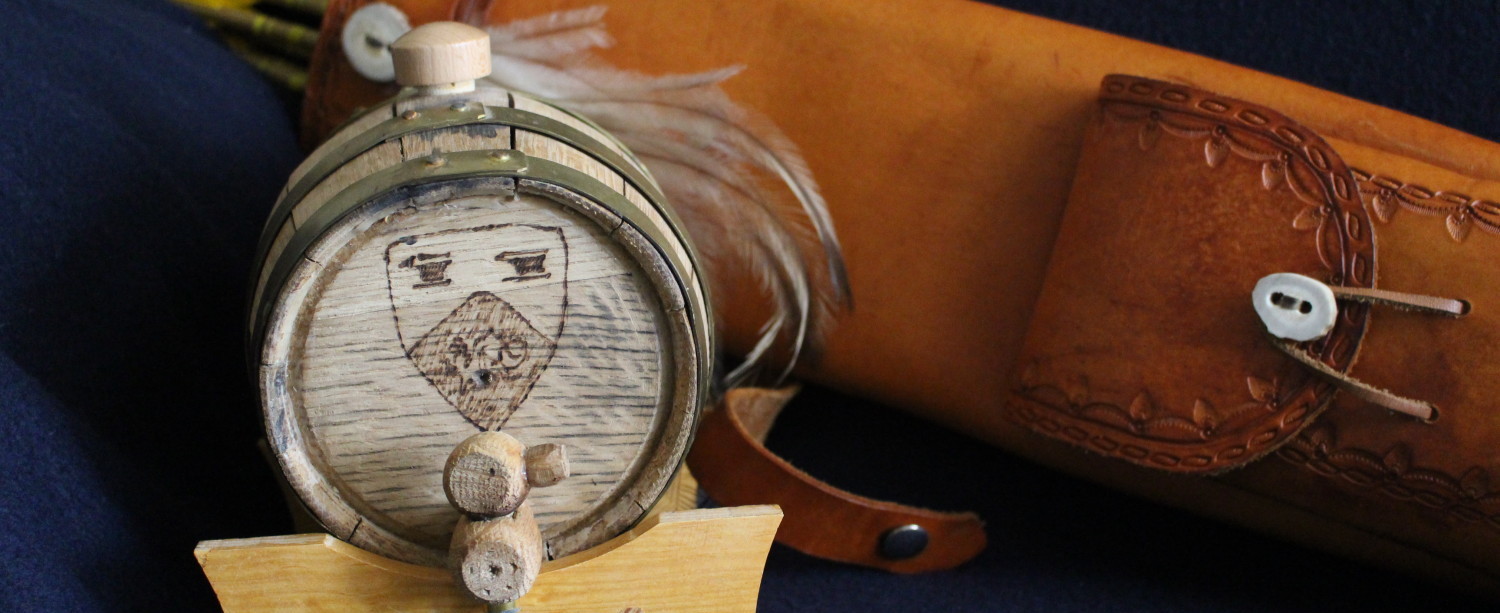Nocino – Part III
So far, I have described nocino and gave a short “history” of this purportedly Medieval beverage (Nocino I and Nocino II). Now, it’s time to actually make some.
A basic nocino recipe is pretty easy to find online. Google “nocino recipe” and you will find no shortage of possibilities. You can even find many entries on Pinterest for making nocino and nocino cocktails.. Almost all recipes are similar.
Typical Ingredients:
- Unripe walnuts
- Sugar
- Spirits (usually vodka. You may find some recipes online that use Everclear, but I would avoid it like the plague!)
- Zest of a lemon
- Cinnamon
- Clove
- Vanilla Bean
- Water
Some recipes will include star anise, cardamom, coffee beans, or other flavorings. Other alcohol agents that could be used include brandy, grappa, and red wine (for a low alcohol version).
My beginning recipe is as follows:
Approximately 30 unripe, green Persian walnuts, although some legends suggest that an odd number of walnuts should be used!
- 2 cups of sugar
- 4 cups of vodka
- Cinnamon stick
- 5 cloves
- Zest of one lemon
You will note that I said “beginning” recipe. I have a couple of twists and turns to add once the basic recipe has steeped for a few months.
After quartering the walnuts, add all ingredients together and shake to combine them. Let the containers sit in the sun for a couple of days and then place them in a dark area for three months. Swirl the container every week or so. It takes only a few days for the liquid to take on the deep brown color of the finished product as you can see in the pictures above. After three months, strain the contents of the nocino, leaving only the liquid. I like to strain through a strainer first, then strain a second time through cheesecloth.
A note about equipment: Due to the extent to which walnut hulls stain anything they touch, consider using equipment dedicated solely to nocino production. Also, consider covering anything in the vicinity of your production area to protect it from walnut hull bits/juices. After all, walnut hulls were used in the process of making ink and dye back in the Middle Ages, so it is quite prone to staining!
After straining the nocino, put it away in a dark place in a container with a tight-fitting closure. In my opinion, aging for at least a year is desirable. Frankly, I do not like the flavor of the nocino in this state, even after a year of aging. It works fine for mixing cocktails, but for sipping, I prefer to make a few additional changes.
I will leave those changes for my next, and final post on nocino (for now!).
Next Post: Nocino IV – Sipping and Science

Comments
Nocino – Part III — No Comments
HTML tags allowed in your comment: <a href="" title=""> <abbr title=""> <acronym title=""> <b> <blockquote cite=""> <cite> <code> <del datetime=""> <em> <i> <q cite=""> <s> <strike> <strong>